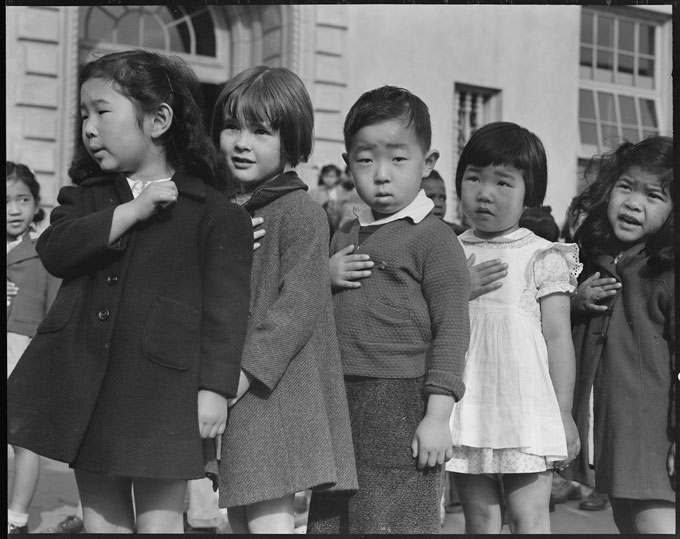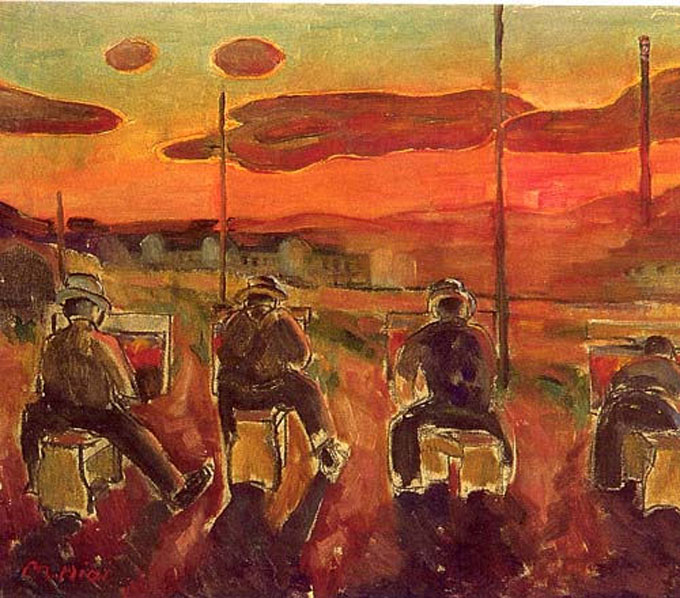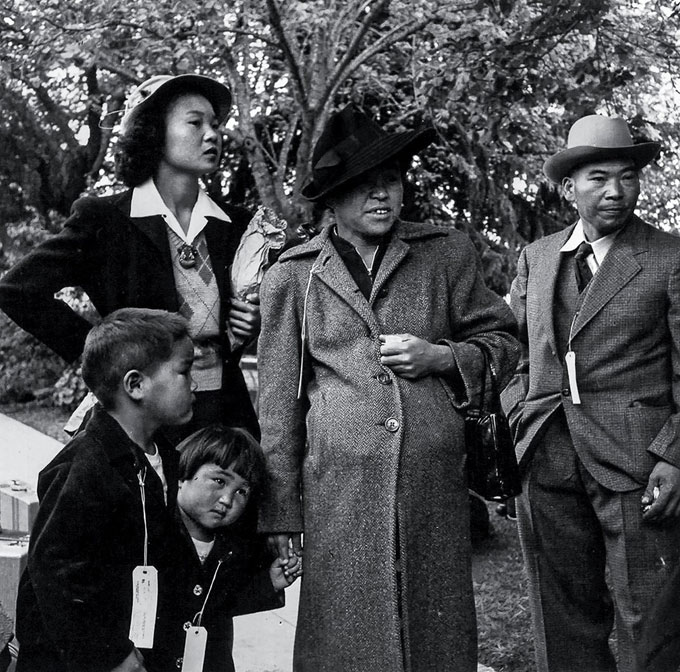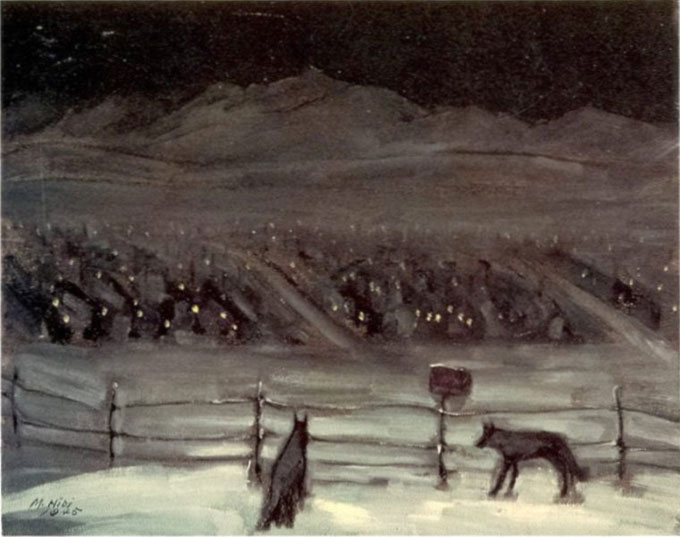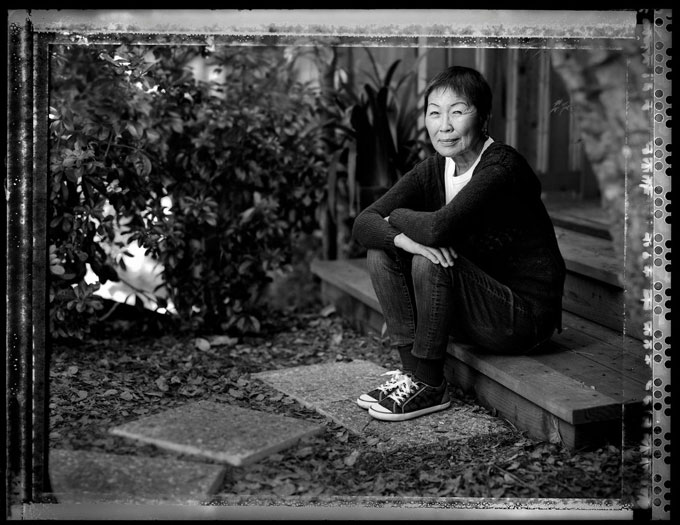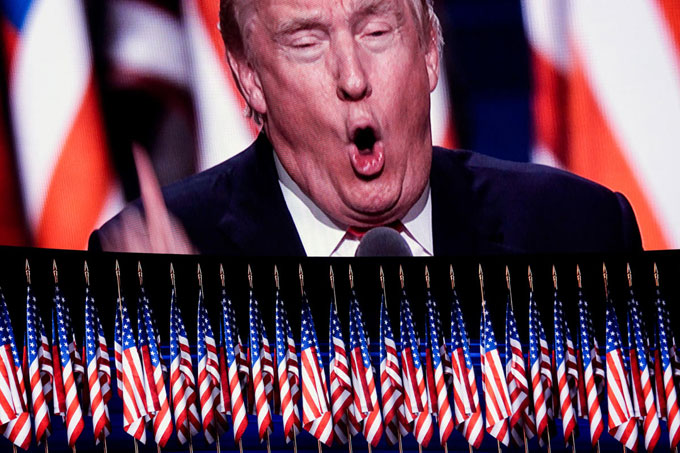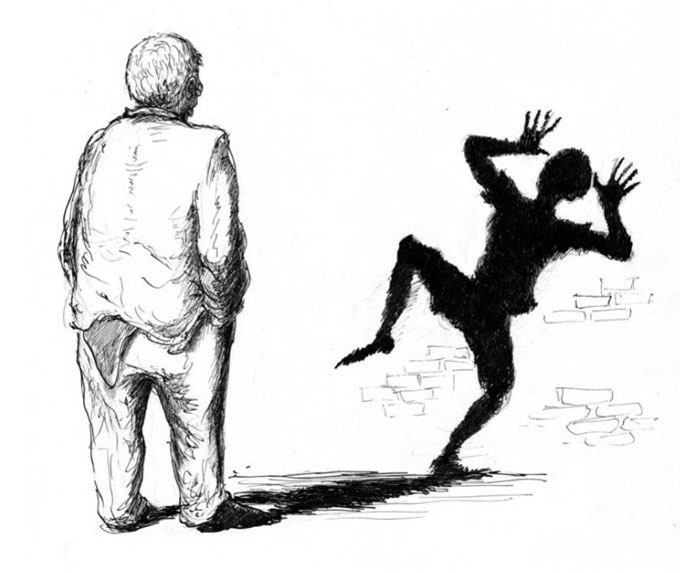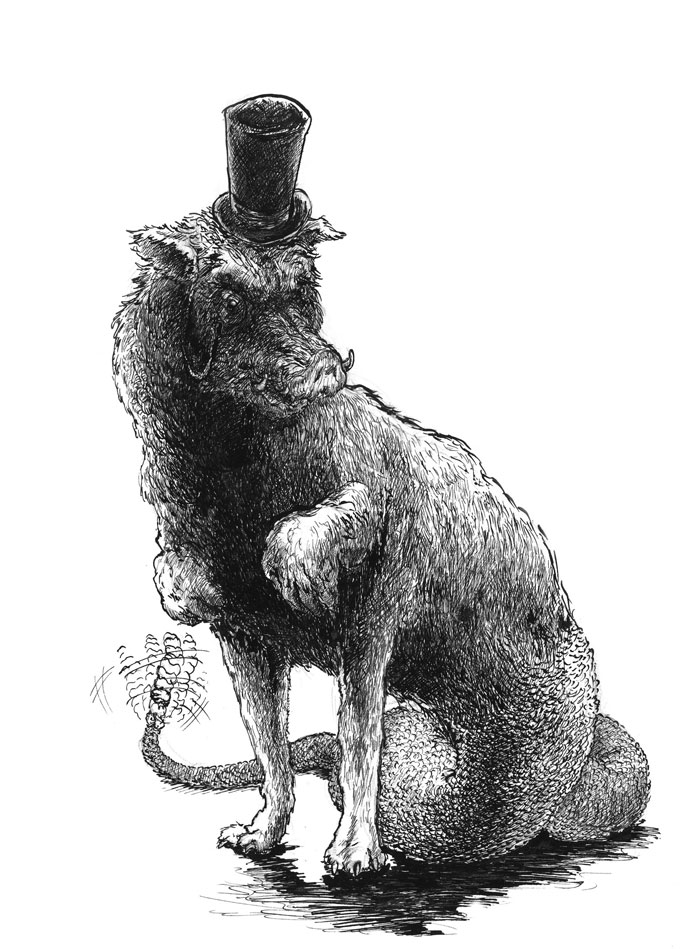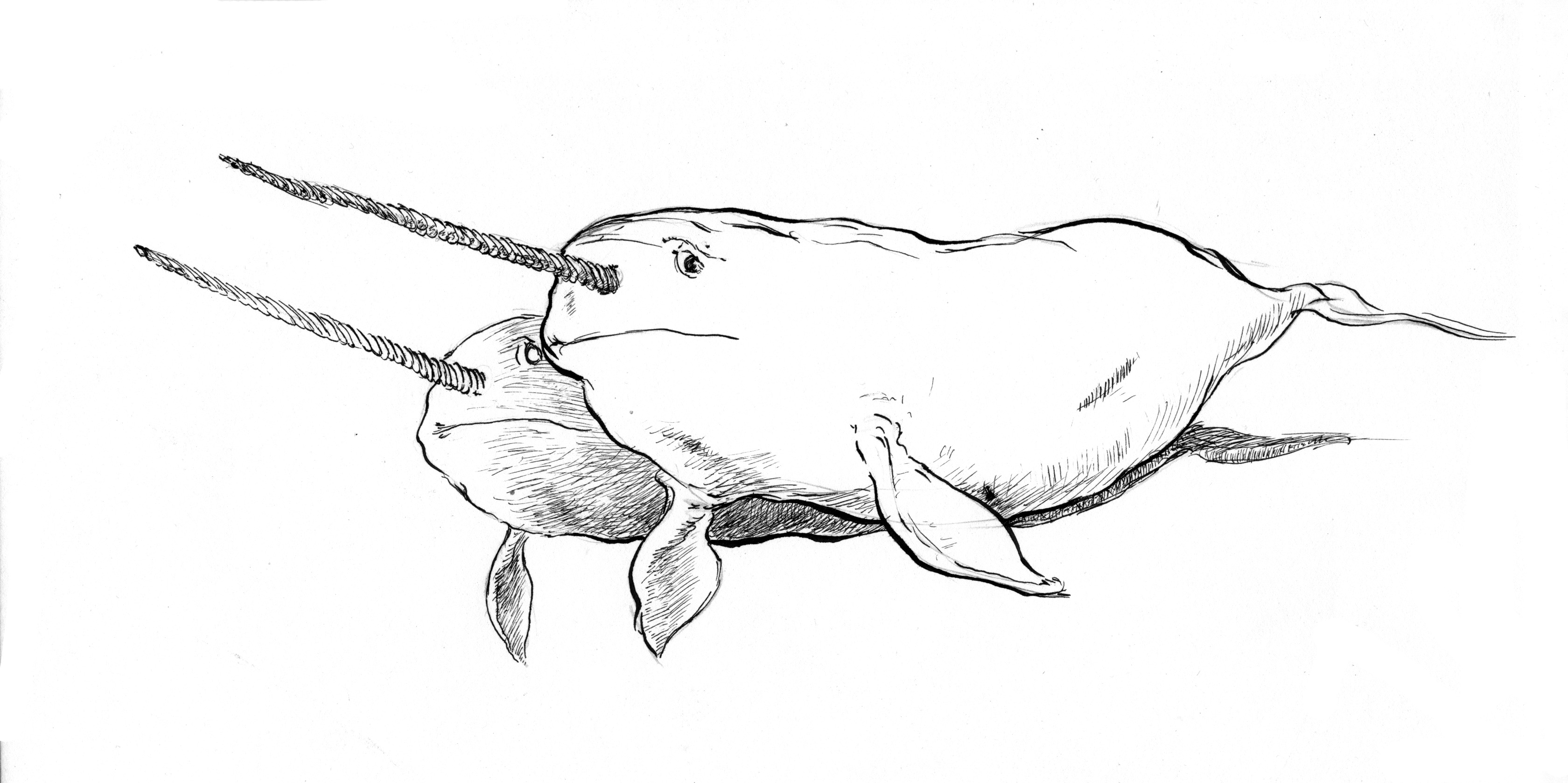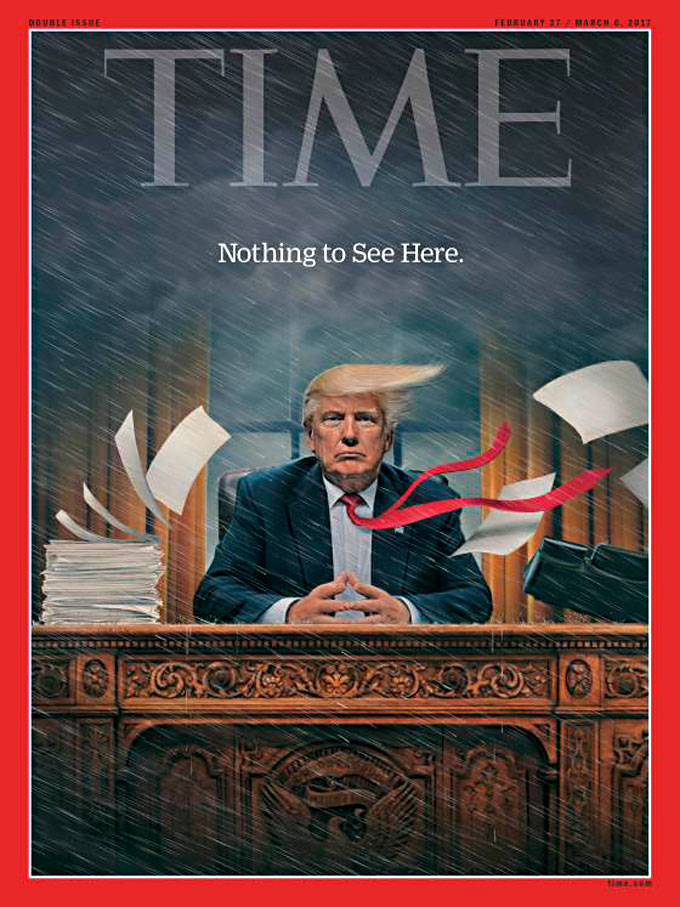The Leader
I believed the leader
when he said I wasn’t free
all because of the people
who didn’t look like me
I followed my leader and became
his tool and helped break the
back of the golden rule
I did nothing when the truth
was murdered by lies and silent
when the children screamed and
died
I did what I was told
I took down names not
knowing someone else was
doing the same
I followed my leader when I
knew it was wrong because I was
afraid of not going along but now
in this room with no door or light
it is me they accuse of not being right
I followed my leader until today when
they walked me up to my freshly
dug grave
Socrates had it right, Will and the Buddha did
too, follow no one, question and to thine own self
be true
Photograph of Japanese internment during World War II by Dorothea Lange
